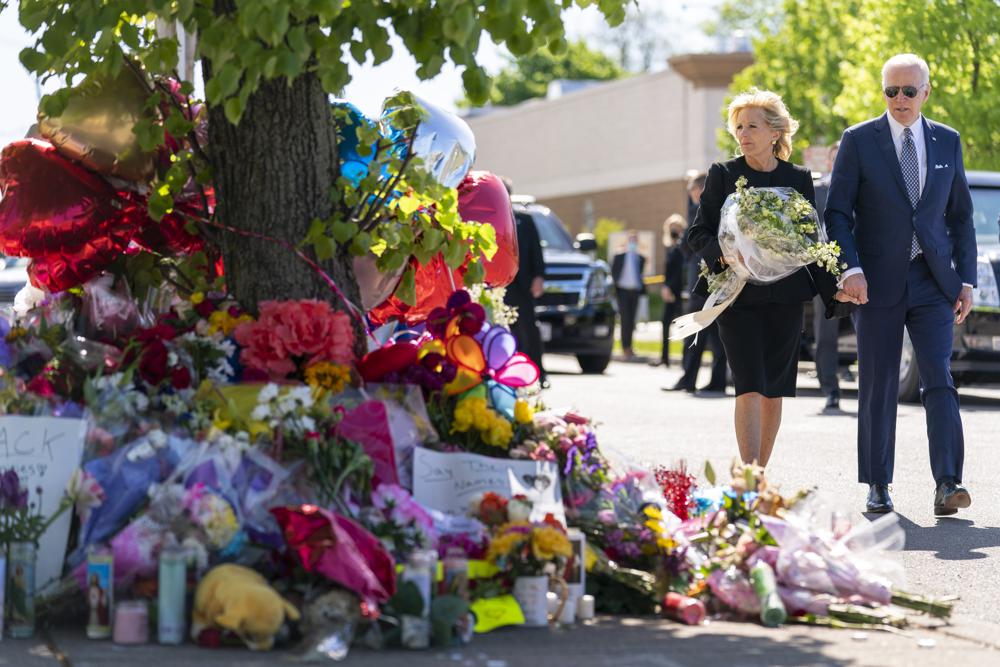MILWAUKEE – In 1954, the U.S. Congress approved a joint resolution for President Dwight D. Eisenhower to proclaim a week to recognize the humanitarian efforts of The Salvation Army, one of the nation’s largest and oldest faith-based health and human service providers. Today, with the help of more than 3.2 million volunteers, The Salvation Army serves more than 25 million Americans every year. With a presence in every zip code across the country, The Salvation Army uniquely understands the demands facing Americans in need.
During this year’s recognition, The Salvation Army encourages people to take a moment to learn about the needs of the millions of Americans living in poverty or near the poverty line. With greater awareness and understanding, we can break misconceptions that all need is easy to see.
According to the U.S. Census Bureau, 43.1 million Americans live in poverty, and millions more live near the poverty line. Approximately half of Americans live paycheck to paycheck, and one-third of adults between 18 and 64 live in low-income households.
“Human need comes in many forms that often go unnoticed,” said Lt. Col. Ron Busroe, National Community Relations and Development Secretary for The Salvation Army. “Many adults skip meals to feed their children or choose between paying rent or paying utilities. Six out of 10 Americans don’t have enough savings to cover a $500 emergency.”
In Milwaukee, The Salvation Army helps people with several different services, including rent and mortgage payment assistance, help with buying groceries, support to purchase prescription medicine, and assistance with energy bills. Last year, 45,450 nights of lodging were provided at The Salvation Army’s Emergency Lodge, thanks to generous donors, volunteers, and corporate partners.
“The need is there. We see it every day. We see it in our Emergency Lodge; we see it in our food pantries; we see it at our four corps community and worship centers throughout the county,” said Major Steven Merritt, Divisional Commander. “We encourage people during National Salvation Army Week to learn a little to help a lot in our local community.”




